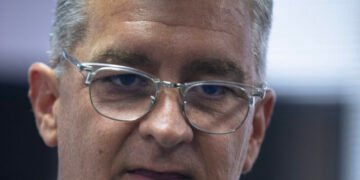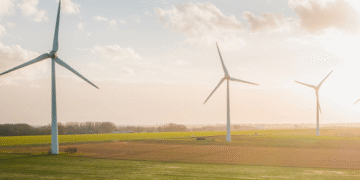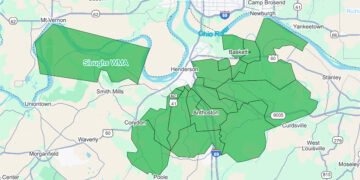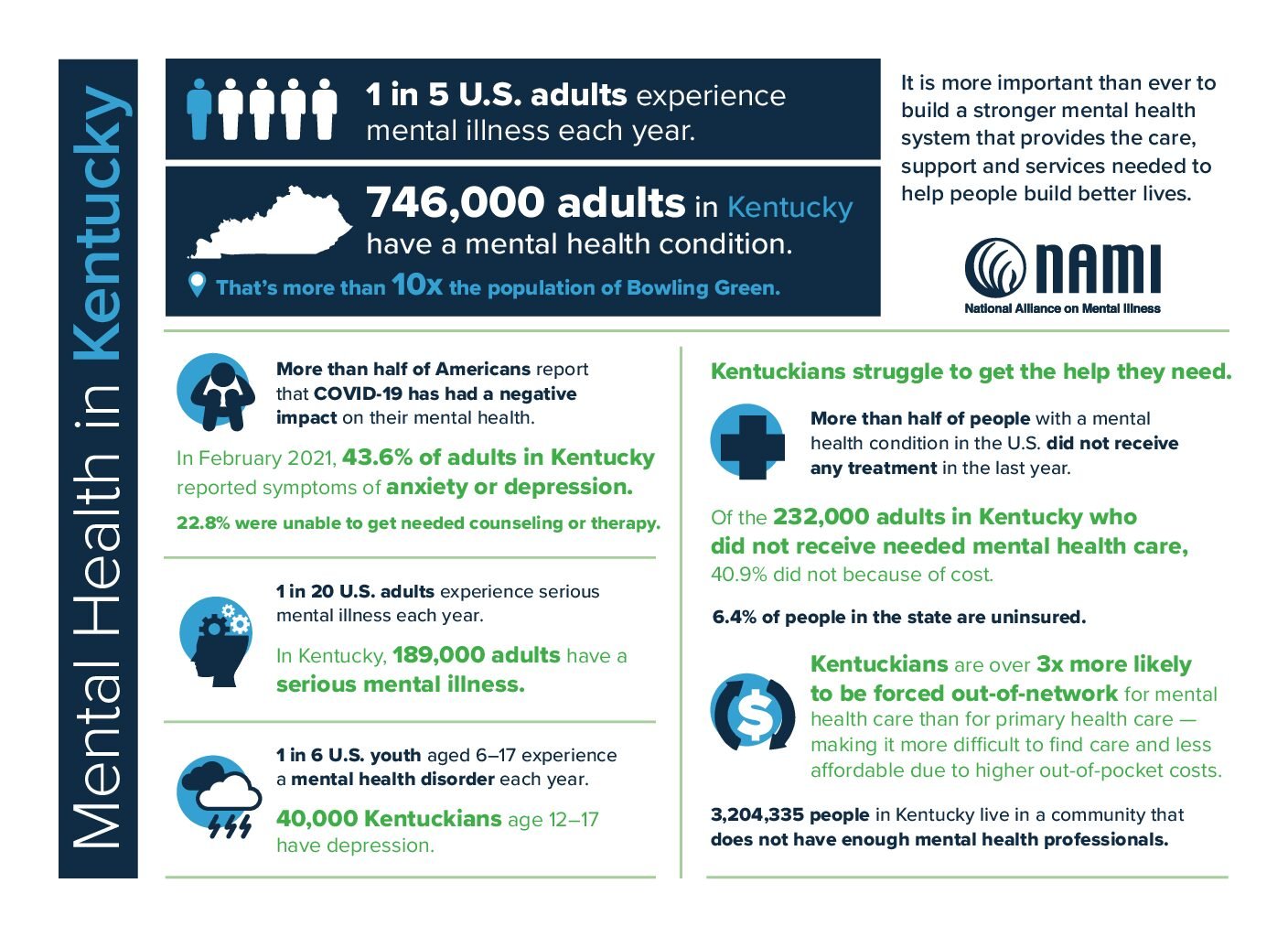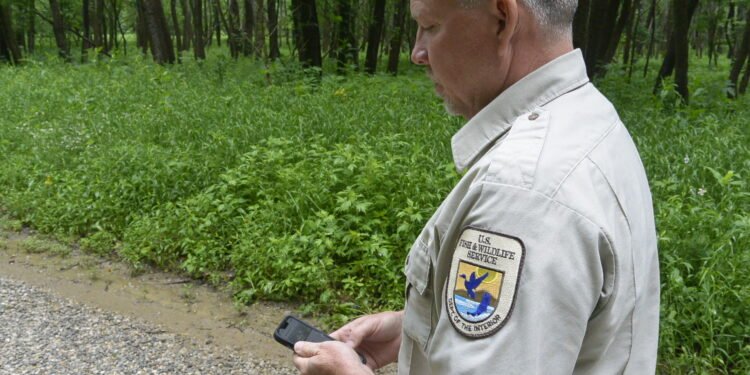Green River National Wildlife Refuge Manager Michael Johnson says it’s going to take years to fully develop the refuge. But he’s got time—so long as community support and federal dollars keep coming.
The U.S. Department of the Interior announced in late April that $11.3 million had been approved for the GRNWR to acquire 1,335 acres to help conserve or restore wetland areas associated with waterfowl, shorebird and other bird habitat.
Acquiring that acreage and adding it to the 707 acres already a part of the refuge would put the total at just more than 2,000. Some of the current refuge land is in Horseshoe Bend and some of it on the east side of the Twin Bridges, abutting state lands.
The goal for the refuge, when it’s all said and done, is 24,000 acres, Johnson said.
Refuge administrators have identified a 53,000-acre swath of land from which they will attempt to acquire land, tract by tract.
The area from which they’ll add tracts is situated just south of the Ohio River, stretching from Horseshoe Bend in the west to beyond the Green River to the Scuffletown and Reed area in the east.
A final, or future, map detailing the refuge may show scattered tracts of land owned by the refuge intermingled with privately-owned land, much like a checkerboard.
With the federal funding in place, Johnson said the process of acquiring the tracts, slowly but surely, has begun.
The acquisitions start by contacting landowners in the area and attempting to identify willing sellers, followed by negotiations. For valuable land, that can take time, Johnson said.
The focus of a national wildlife refuge is the flora and fauna and its conservation, Johnson said.
In a mid-May interview occurring in the Horseshoe Bend area, he pointed out Indigo Buntings, flitting across the path of his government-issued truck. He said the area is also nesting grounds for other migrant birds, such as the Kentucky Warbler and the Prothonotary Warbler. All migrate to South America each year before returning to North America to breed, many on protected national wildlife refuge land, like here in Henderson.
He admits it’s sometimes hard for people who aren’t nature lovers to understand the need to protect forests and its wildlife.
The direct benefits, he said, are being able to enjoy nature. The indirect benefits of preserving land include better water and air quality, and slowing the effects of climate change.
“You cannot not have this,” he said about the refuge. “This is actually human survival. It’s an aspect of the Earth’s health.
“You’ve got to have a balance of things. Forests and wetlands are all critical to our overall health as humans.”
On the current 700+ acres, people can hike, take photos and birdwatch, activities Johnson termed “wildlife dependent” recreation. Hunting, fishing and camping are currently prohibited.
“Hunting and fishing—that will be coming in the future,” he said.
Because of the unpredictable nature of the federal planning process of federal lands, including compliance and public comments, Johnson didn’t have a timeframe when hunting and fishing would be allowed.
Johnson said community support in Henderson has always been strong for the continued growth and improvement of the refuge. If that support continues, he reckons that legislators will continue to appropriate funding.
In comparison, the Clarks River National Wildlife Refuge, that cuts across McCracken and Marshall counties and which Johnson also manages, was begun in the 1990s. It now encompasses about 12,000 acres.
Green River and Clarks River are the only two national wildlife refuges in Kentucky.




